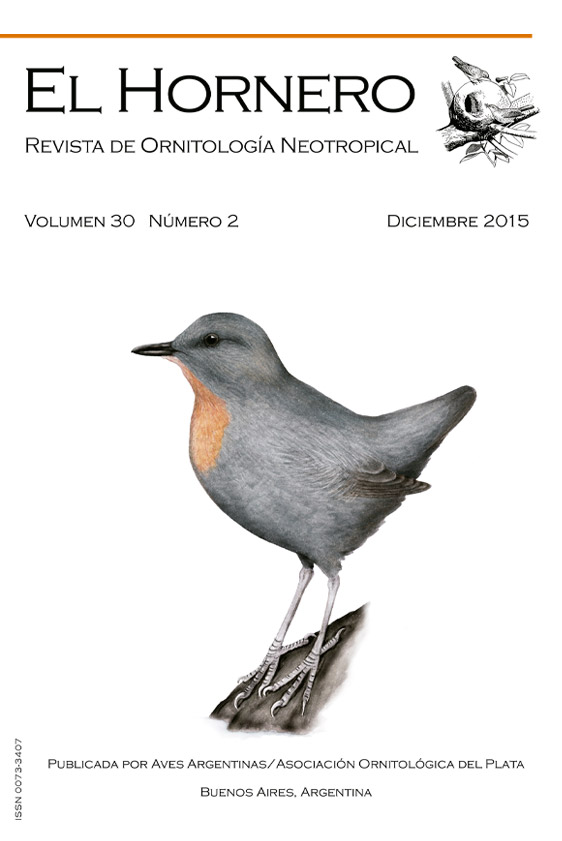Resumen
Este artículo no cuenta con un resumen.
Referencias
MILLER JR Y HOBBS RJ (2002) Conservation wherepeople live and work. Conservation Biology16:330–3372
DUNN RR, GAVIN MC, SANCHEZ MC Y SOLOMON JN(2006) The pigeon paradox: dependence of globalconservation on urban nature. Conservation Biol-ogy 20:1814–18163
FULLER RA, IRVINE KN, DEVINE-WRIGHT P, WARRENPH Y GASTON KJ (2007) Psychological benefits ofgreenspace increase with biodiversity. Biology Let-ters 3:390–3944
HEDBLOM M, HEYMAN E, ANTONSSON H Y GUNNARS-SON B (2014) Bird song diversity influences youngpeople’s appreciation of urban landscapes. UrbanForestry & Urban Greening 13:469–4745
MARZLUFF J, BOWMAN R Y DONNELLY R (2001) Avianecology and conservation in an urbanizing world.Kluwer Academic, Boston6

Esta obra está bajo una licencia internacional Creative Commons Atribución-NoComercial 4.0.





